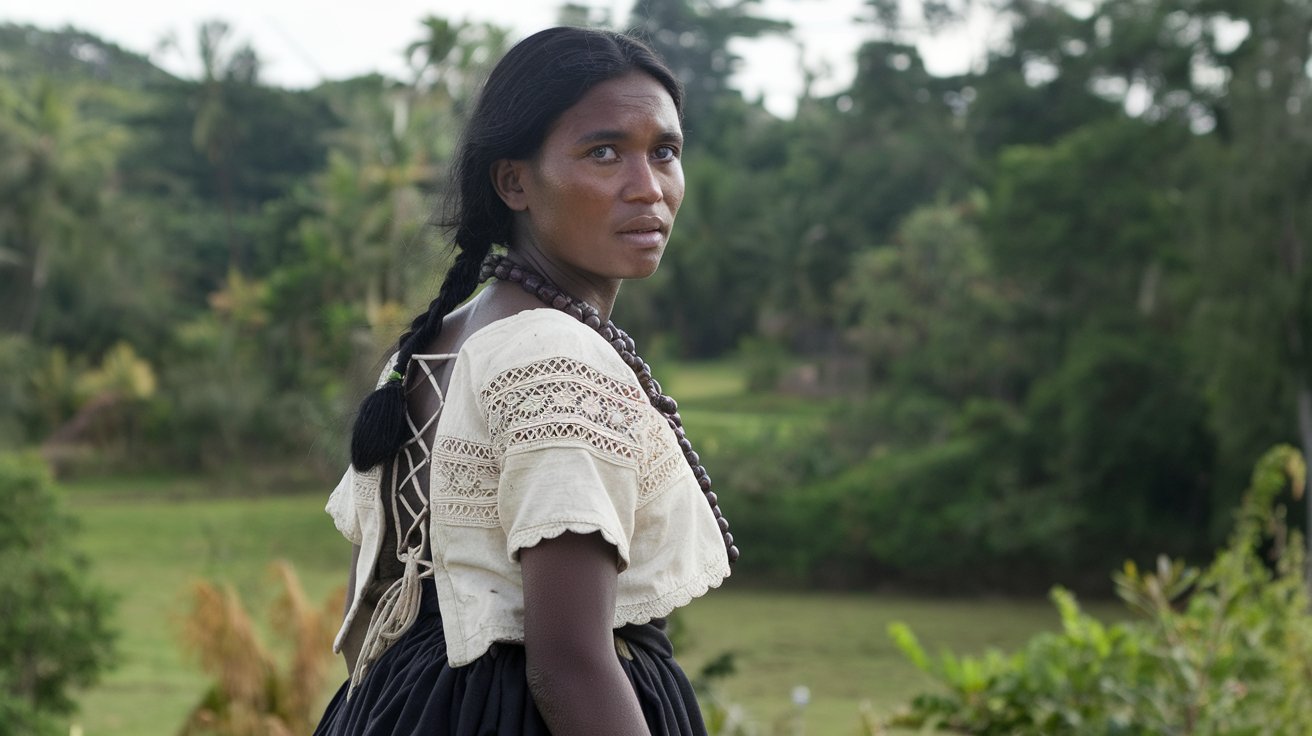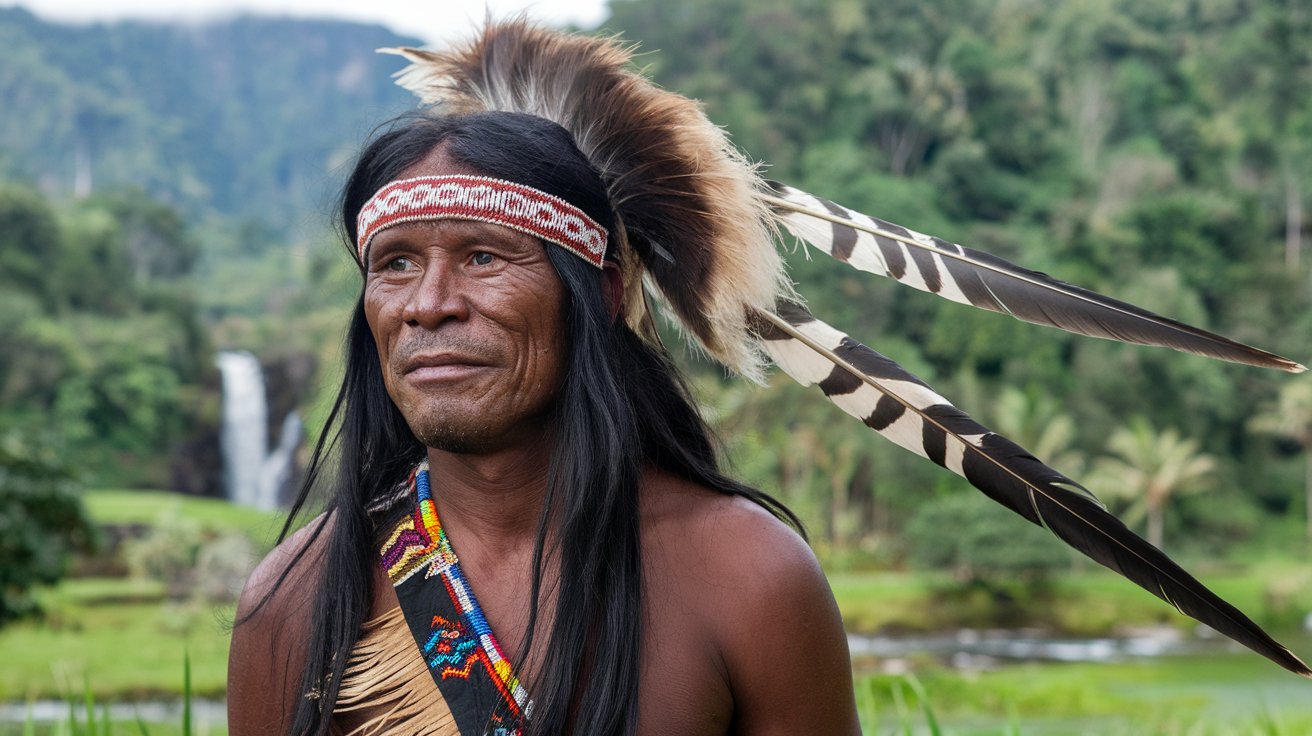
Kariña, also known as Carib, are indigenous people native to northern South America. They have a rich history and culture that spans centuries. Did you know that the Kariña language is part of the Cariban language family? This fascinating group has unique traditions, from their vibrant festivals to their intricate crafts. Ever wondered how they navigate their lush, tropical environment? Their deep knowledge of the land and its resources is impressive. Curious about their social structure? Kariña communities are organized in a way that emphasizes cooperation and mutual respect. Want to learn more about their way of life? Dive into these 36 intriguing facts about the Kariña people and discover what makes their culture so special.
Who Are the Kariña?
The Kariña, also known as the Carib people, are indigenous to northern South America. Their rich history and culture span centuries, making them a fascinating subject of study.
- The Kariña originally inhabited regions of present-day Venezuela, Guyana, Suriname, French Guiana, and Brazil.
- They are part of the larger Cariban language family, which includes several other indigenous groups.
- The name "Carib" is derived from the Spanish word "Caribe," which means "cannibal," though this term is misleading and historically inaccurate.
- Traditionally, the Kariña were known as fierce warriors and skilled navigators of the Caribbean Sea.
Language and Communication
Language plays a crucial role in preserving the Kariña culture. Their language is a window into their way of life and worldview.
- The Kariña language is part of the Cariban language family, which includes over 20 languages.
- It is still spoken by approximately 10,000 people, primarily in Venezuela and Guyana.
- The language has no written form traditionally; it is passed down orally through generations.
- Efforts are being made to document and preserve the Kariña language to prevent it from becoming extinct.
Social Structure and Daily Life
Understanding the social structure and daily life of the Kariña provides insight into their community dynamics and cultural practices.
- The Kariña live in small, close-knit communities called "villages" or "settlements."
- Each village is typically led by a chief, known as a "cacique," who is chosen based on wisdom and leadership qualities.
- They practice a communal lifestyle, sharing resources and responsibilities among community members.
- Agriculture is a primary occupation, with cassava being a staple crop.
- Fishing and hunting also play significant roles in their daily sustenance.
Spiritual Beliefs and Practices
Spirituality is deeply embedded in Kariña culture, influencing their rituals, ceremonies, and worldview.
- The Kariña believe in a pantheon of gods and spirits that govern natural elements and human affairs.
- Shamanism is a vital aspect of their spiritual practices, with shamans acting as intermediaries between the physical and spiritual worlds.
- Rituals often involve music, dance, and the use of hallucinogenic plants to communicate with spirits.
- They celebrate various festivals throughout the year to honor their gods and ancestors.
Art and Craftsmanship
Art and craftsmanship are integral to Kariña culture, reflecting their creativity and connection to nature.
- The Kariña are known for their intricate basket weaving, using materials like palm leaves and reeds.
- They create vibrant body paint designs using natural dyes from plants and minerals.
- Pottery is another significant craft, with functional and decorative pieces made from clay.
- Traditional clothing is often adorned with beads, feathers, and other natural elements.
Challenges and Modern Adaptations
Like many indigenous groups, the Kariña face challenges in preserving their culture while adapting to modern influences.
- Deforestation and mining activities threaten their traditional lands and way of life.
- Many Kariña communities lack access to basic healthcare and education services.
- Efforts are being made to integrate modern education while preserving traditional knowledge.
- Some Kariña have migrated to urban areas in search of better opportunities, leading to cultural assimilation.
Contributions to Broader Society
Despite challenges, the Kariña have made significant contributions to broader society, particularly in environmental conservation and cultural preservation.
- Kariña knowledge of medicinal plants has been invaluable to modern medicine.
- They have played a crucial role in advocating for indigenous rights and environmental protection.
- Kariña art and music have influenced various cultural expressions in the Caribbean and South America.
- Their sustainable agricultural practices offer valuable lessons for modern farming techniques.
Notable Kariña Figures
Several Kariña individuals have gained recognition for their contributions to their community and beyond.
- Charles Brewer-Carías, a renowned Venezuelan explorer and scientist, has Kariña heritage.
- Kariña leaders have been instrumental in negotiating land rights and environmental protections.
- Artists and musicians from the Kariña community have gained international acclaim for their work.
Future Prospects
Looking ahead, the Kariña continue to strive for a balance between preserving their heritage and embracing modernity.
- Community-led initiatives are focusing on sustainable development and cultural preservation.
- Partnerships with NGOs and governments aim to improve living conditions and access to services.
- Young Kariña are increasingly taking on leadership roles to advocate for their community's rights and future.
- The Kariña's resilience and adaptability offer hope for the continued survival and flourishing of their culture.
Final Thoughts on Kariña
Kariña culture is a fascinating blend of history, tradition, and resilience. Their unique language, customs, and way of life offer a glimpse into a world that has thrived for centuries despite numerous challenges. From their intricate beadwork to their deep connection with nature, the Kariña people have much to teach us about living harmoniously with our environment and preserving cultural heritage. Understanding these facts not only broadens our knowledge but also fosters appreciation for the diversity that enriches our global community. By learning about the Kariña, we honor their contributions and ensure their stories continue to be told. So next time you come across a piece of Kariña art or hear their music, remember the rich history and vibrant culture behind it.
Was this page helpful?
Our commitment to delivering trustworthy and engaging content is at the heart of what we do. Each fact on our site is contributed by real users like you, bringing a wealth of diverse insights and information. To ensure the highest standards of accuracy and reliability, our dedicated editors meticulously review each submission. This process guarantees that the facts we share are not only fascinating but also credible. Trust in our commitment to quality and authenticity as you explore and learn with us.


